News 3/13/12
Walgreens announces that it will use clinical interoperability services from Surescripts to electronically deliver clinical summaries and immunization records to primary care providers and immunization reporting to state and local public health agencies.
OrthoKansas, PA (KS) selects SRS for its 12 providers.
Solo and small practices are outpacing larger practices in EHR adoption, with single-doctor office adoption growing from 31% to 37% in the second half of 2011. Overall EHR adoption rates are increasing as the number of physicians practicing at each site rises.
The 150-physician Holston Medical Group (TN) selects Humedica MinedShare as its clinical intelligence solution.
Physician offices added 9,500 jobs in February, according government statistics. The healthcare sector as a whole gained 49,000 jobs, including 15,400 in hospitals and 28,200 in ambulatory services.
The Michigan State Medical Society makes the DocBookMD secure mobile communication app available to its members at no cost.
American Medical News profiles the 39-physician Midwest Center for Women’s HealthCare and its use of EMR to join clinical trials to supplement the practice’s income. Having an EMR helps the practice identify potential research subjects in minutes and pinpoint the most common medical issues in the practice. The practice also relies on its EMR to capture and transmit research data.
Billing firm Medical Practice Management partners with HIT service provider Evolution Technology Group to form ClinicAnywhere.
Athenahealth reports that its final 2011 Stage 1 Medicare MU attestation rate was 85%.
AMGA takes a look at physician retention and finds turnover rates of 12.6% for PAs and NPs, compared to six percent for physicians. Practices use flexible schedules as a top incentive for physicians, with one in five male physicians and 44% of female physicians report working part time. In addition 75% of the AMGA groups report offering four-day, full-time work weeks. Physician retention is big business: turnover can cost as much as $1 million per physician, including costs for recruitment and start-up and costs from lost revenue.
I was intrigued by this story of 57- year-old allergist / immunologist Michael L. Steinberg, who made the unusual decision to shutter his 23-year-old practice and join the army. Economic conditions drove Steinberg to seek alternatives for keeping his practice open, but he wasn’t interested in the offers from health systems. After completing his basic training, Steinberg will become a lieutenant colonel stationed at Fort Knox.
More news: HIStalk, HIStalk Mobile.


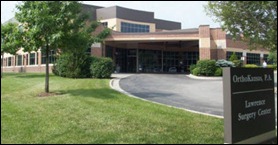

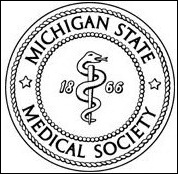
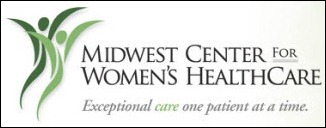
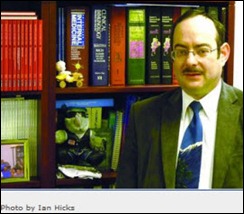


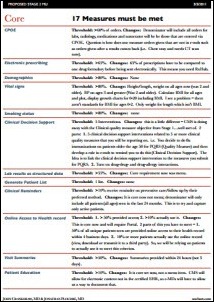

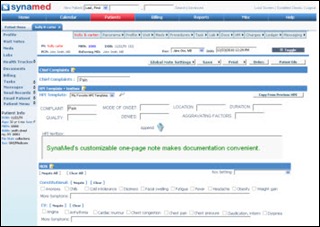
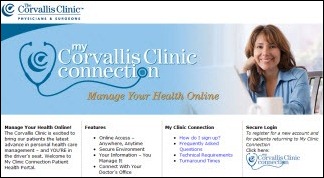
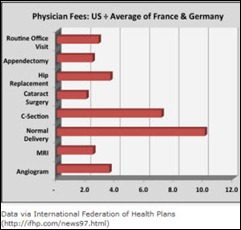
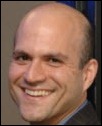

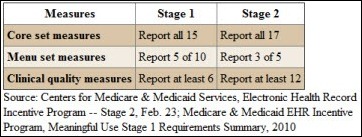
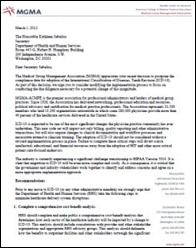
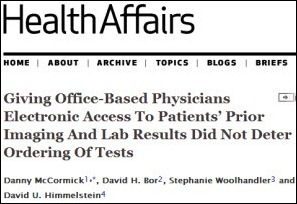
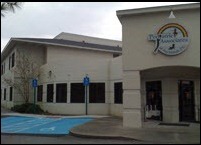
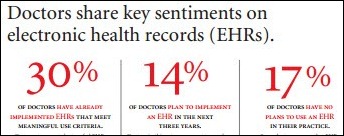

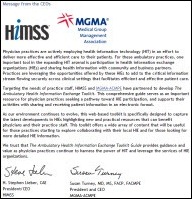

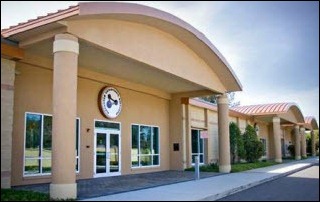
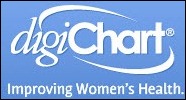
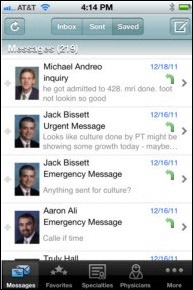

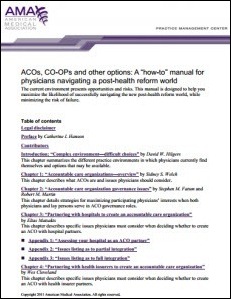




The article about Pediatric Associates in CA has a nugget with a potentially outsized impact: the implication that VFC vaccines…